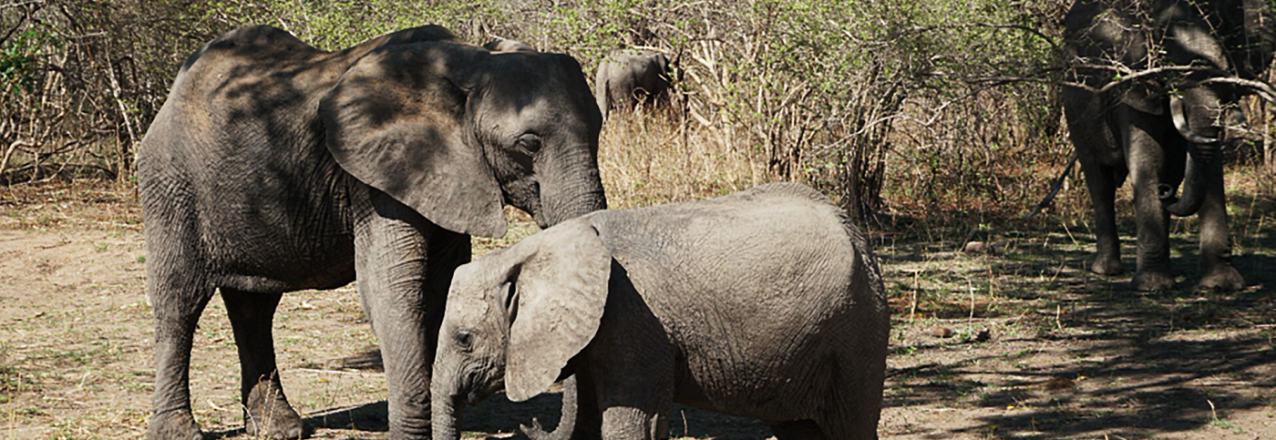The government of Zambia recognizes the need for community involvement in management and conservation of natural resources and has taken steps to decentralize natural resource governance to the community level. Rural livelihoods are dependent on forests and wildlife as an important source of both food and income. Its estimated that 60 percent of rural households rely on forests for income, and in some areas forest-related goods contribute to up to 20 percent of rural household income, providing at least 1.4 million jobs nationally (Wathum, Seebauer, & Carodenuto, 2016). Forests also provide a safety net in times of climatic stress and shocks.
Women and men have distinct social roles and responsibilities at the household and community levels that shape knowledge and understanding of the local environment and the use of natural resources. These gender differences between women and men play an important part in natural resource governance and management. Depletion of these resources also impacts women and men differently.
The assessment was carried out to analyze the drivers and threats to Zambia’s wildlife and forestry resources management in relation to gender issues, with the aim of providing information and recommendations for the United States Agency for International Development’s Integrated Land and Resource Governance Program to integrate into strategies, scopes of work, and monitoring, evaluation, and learning plans and to act as a resource for Zambia’s wildlife sector on gender inclusive natural resource management.


